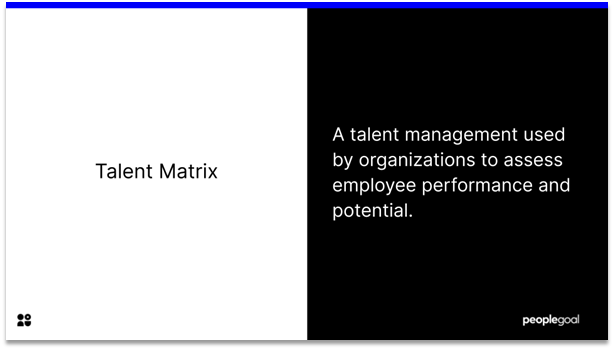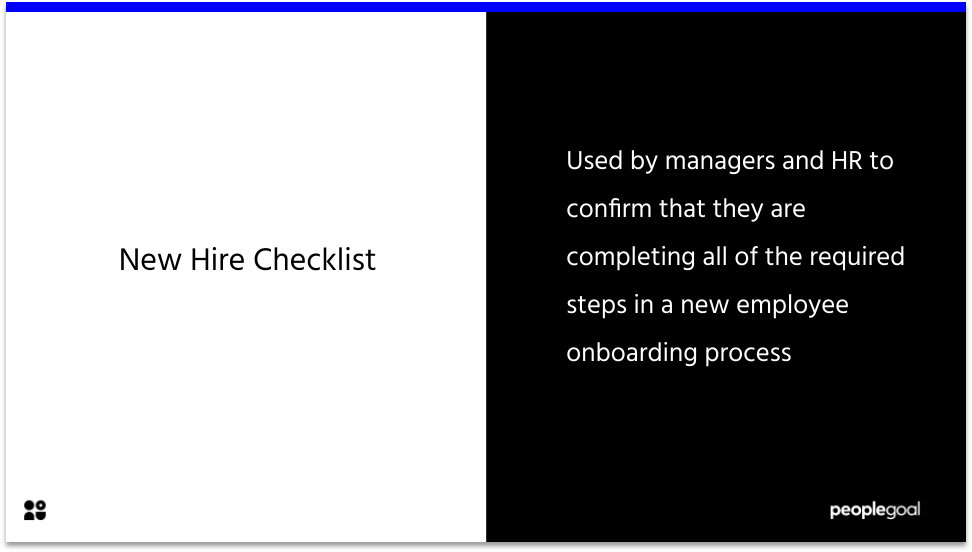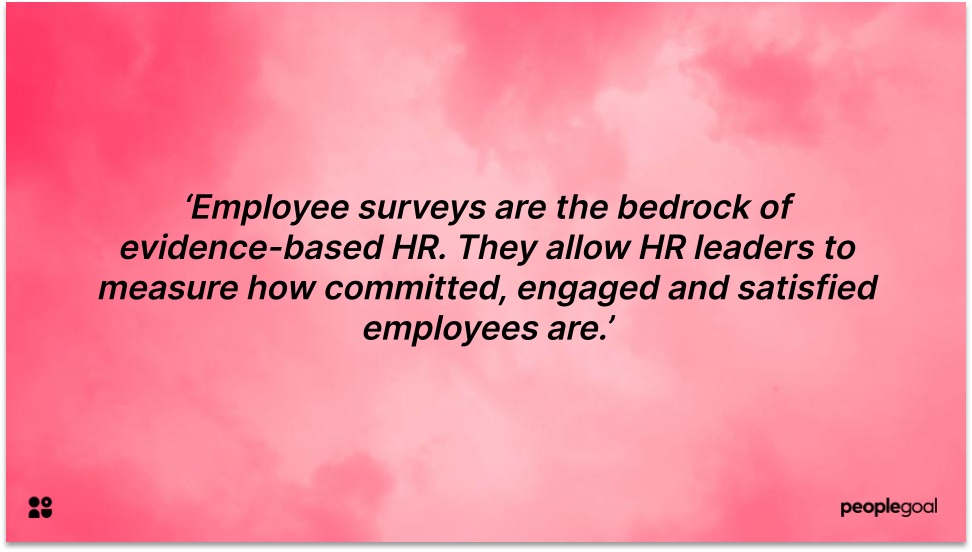Remote performance management and the ‘new normal’
The way we work and interact with our colleagues has changed dramatically over the past year. With remote working here to stay for the foreseeable future – and perhaps forever – managers are finding that it often takes more time to coordinate work than to actually complete it, especially when it comes to remote performance reviews.
The rapid shift to remote work has forced HR departments to redefine almost all of their processes to accommodate the ‘new normal’, and it goes without saying that performance management has taken the hardest hit due to the absence of in-person interactions.
Now, it is more important than ever to have sound evaluation processes in place to ensure that your performance reviews are fair-minded and take into account every employee’s unique situation.
Performance Review software can bridge this gap by providing structured, data-driven insights and enabling seamless virtual feedback, helping HR teams maintain a personalized approach even in remote settings. But how can HR teams build a highly personal performance review when employees and managers are not able to get together?
In this article, we will cover how the working environment impacts employee performance and discuss several approaches to remote performance management that will help you to evaluate your remote employees accurately, deliver clear feedback and build trust.

Are remote performance reviews necessary?
Whilst some organizations have put reviews on the back-burner while they respond to the challenges brought about by Covid-19, receiving regular feedback remains crucial to employee growth and development. Simply put, you should not cancel performance reviews for remote workers.
Unlike the office setting where managers are able to observe their teams on an informal basis, working remotely makes it more difficult for track what employees are working on and what they are struggling with. Moreover, employees are more likely to feel isolated from the organization whilst working towards their goals.
Having regular performance conversations and running remote performance reviews will allow your teams to feel seen and heard, resulting in happier, more productive and engaged employees. Monitoring how employees are performing remotely and what sort of blockers they face will allow managers to gain overall insight into their remote teams performance, and respond to any problems that arise.

There is a common misconception that HR teams need to do a major overhaul of the performance review process to account for the remote environment, but this is not the case. Great remote performance reviews follow similar principles to in-person reviews, but you should take into consideration the following advice to ensure that you are running a the most effective process possible.
5 Top Tips to Master Remote Performance Reviews

Measure what matters
Since the shift to the remote environment, it has become increasingly important to assess the quality and quantity of employees’ work instead of their working hours. This can be done by setting quantitative performance objectives and KPIs which are tied into the performance review. Making remote performance reviews goal-based will help create alignment throughout the organization, as well as remove any ambiguity from the process
First of all, you should decide on the measures that you will use to identify your high performers. Data remains a key driver of performance management, even whilst working remotely – and assessing quantifiable metrics will standardize performance conversations and ensure fairness across the board. Each employee should be assessed against a set of key KPIs which are have been well defined and clearly explained.
Remote performance reviews need to be more flexible and empathetic than ever before, and should also include a narrative assessment of the employee’s skills based on relevant behaviors. Performance reviews need to start measuring the ‘soft skills’ that are essential in the remote environment, such as remote collaboration and communication, proactiveness, self-efficacy, time management and innovation.
Align goal-setting
Working from home means that we no longer have the visibility with our teams and managers that we would normally have under office circumstances. We are not interacting with the wider organization as often as we used to, and this has had a direct impact on morale, motivation and how we perceive our contribution to the overall organization.
If employees can see the company vision and what other teams are doing, it will give them the confidence that their work is contributing to the overall business objectives. In practice, this means that company objectives should be visible and cascaded down through the organization, allowing individuals to align their goals with the wider company objectives.
In terms of remote performance reviews, this means that employees should be assessed on how their work is contributing to the overall organization’s objectives, which is a great way to keep remote teams focused and aligned.

Track performance over time
We’ve said it before and we’ll say it again: performance management is an ongoing process. It should happen throughout the year, and managers should not withhold feedback until the annual performance appraisal. After all, feedback is much more effective when it is given frequently and in a timely manner. It is essential to continuously monitor employee progress, and consistently provide regular, real-time feedback because it helps employees to feel connected to the organization, even if they are not physically present in the office environment.
Performance reviews should bring together bite-size performance data which has been collected throughout the year, including regular 1-on-1s, monthly check-ins, quarterly goal progress and peer feedback. Since remote communication is less flexible than it was in the office (informal coffee breaks and watercooler chats are a thing of the past), it is important to schedule conversations to ensure that they take place.
Look for a system that supports employee recognition and allows managers to log check-in notes. What’s more, incorporating 360-degree feedback into the review will help get a well-rounded perspective of your employees’ performance at all company levels, offering a more holistic perspective of an employee’s performance.
More important still, when working remotely conducting frequent check-ins and performance conversations will facilitate open channels of communication and help employees to build relationships virtually. This will enable employees to get timely feedback, keep on track with their objectives and stay motivated which will benefit the business overall.

Receive and share feedback
According to Forbes, as many as 65% of employees want more feedback, and the performance review is the ideal time to give both positive and constructive comments to help your employee grow and develop.
When conducting remote performance reviews, communicating feedback in an empathetic way is key. Use performance based data examples to offer specific feedback so the employee has a clear understanding of how they can improve their performance. Organize conversations using online video conferencing platforms and explain the thought process behind the appraisal. Face-to-face interaction is key to establishing trust and reading body language, so ensure you switch video on!
Feedback should also be multi-directional. It should flow both from managers to employees, from employees to the leadership team and between colleagues. Offering employees the chance to weigh in on the review process by running a pulse survey either before or after the review to gather their feedback is a great way to involve them in the process.
As remote working becomes the new normal, is is more important than ever to establish a strong feedback culture which is compatible with both the home and office environment. In practice, this means establishing clear channels of communication at all levels, where feedback is given continuously across the organization and in a timely manner.
To find out more about feedback, check out our recent webcast: How to Enable a Feedback Culture
Leverage technology
Performance reviews can be anxiety inducing even under normal circumstances, and the remote working environment certainly doesn’t help the situation. However, conducting performance reviews using an online platform will help make the process more transparent and encourage employees to fully participate in the process.
We recommend using a performance management system to help define and track employee goals, establish productivity metrics and tie performance with outcomes instead of output. A great HRMS will allow you to incorporate in goals, check-in notes and peer feedback into the review process. This will help you see the bigger picture and provide well-rounded, data-proofed performance reviews that are bias free and will facilitate employee performance.
Using a performance management system will allow you to automate the review cycles, reducing the workload for HR teams and People Ops, as well as build straightforward dashboards to gain invaluable insights on performance data.
How to Kick Off Remote Performance Reviews
Keen to learn more about remote performance reviews? Check out our recent webcast to find out our best practices for running performance reviews remotely, and how to successfully kick off the process for your organization.
Embedded content: https://www.youtube.com/embed/40Orm61wwBs
Key takeaways
The new normal of working must be recognized and fed into performance conversations so that remote team members have a clear view of what is expected from them, what their objectives are, and how these are linked to wider organizational goals. Frequent communication, progress tracking and the ability to course correct will be fundamental to employee performance and overall organizational success.
Finding new ways to stay on top of performance management in the remote environment has become crucial due to the global shift in working habits and business goals. It has become essential to introduce remote performance management processes that create a strong feedback culture, build trust and facilitate remote communication.
Looking for a robust performance management software that can be completely customized to fit your organization’s unique culture and way of working? PeopleGoal has you covered, book a demo with our team today.
Ready to 3x Your Teams' Performance?
Use the best performance management software to align goals, track progress, and boost employee engagement.







